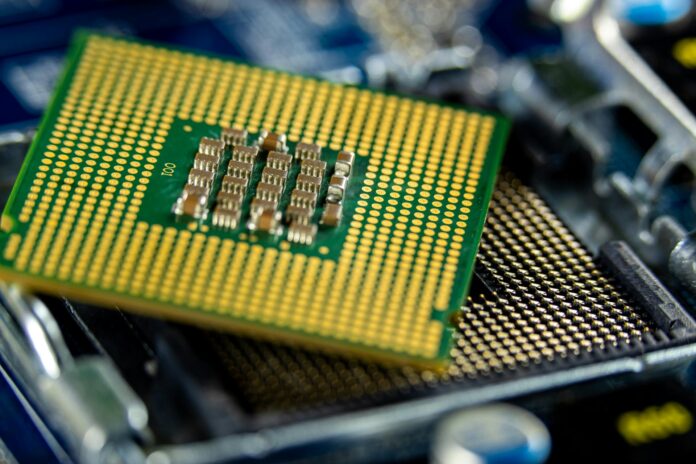Semiconductor manufacturing is a highly complex and precise process involving numerous steps, each susceptible to potential issues that can impact yield, performance, and reliability. Addressing these issues promptly and effectively is crucial for maintaining high production standards and ensuring the quality of the final product. This article explores common issues in semiconductor manufacturing and offers solutions to overcome them.
1. Contamination Control
Issue: Contamination by particles, chemicals, or gases can lead to defects in the semiconductor devices, affecting their performance and yield.
Solutions:
- Cleanroom Management: Maintain strict cleanroom protocols, including regular cleaning, proper gowning procedures, and controlled access to minimize contamination.
- Advanced Filtration Systems: Use high-efficiency particulate air (HEPA) filters to remove airborne particles and contaminants from the cleanroom environment.
- Chemical Handling: Implement rigorous procedures for handling and storing chemicals to prevent contamination. Regularly inspect and maintain chemical delivery systems.
2. Photolithography Defects
Issue: Photolithography is critical for defining circuit patterns on wafers. Issues such as misalignment, incorrect exposure, and photoresist defects can lead to pattern inaccuracies.
Solutions:
- Precision Equipment Calibration: Regularly calibrate photolithography equipment to ensure accurate alignment and exposure. Use advanced aligners and stepper systems.
- Optimized Photoresist Application: Ensure uniform application of the photoresist and control the environment (temperature, humidity) to avoid defects like bubbles and uneven coating.
- Defect Inspection: Implement inline inspection systems to detect and correct defects early in the photolithography process.
3. Etching Irregularities
Issue: Etching removes material from the wafer to create patterns. Irregularities in etching, such as uneven etching or over-etching, can damage the wafer and affect device performance.
Solutions:
- Process Control: Use precise control of etching parameters (time, temperature, gas flow) to achieve uniform etching. Implement endpoint detection systems to avoid over-etching.
- Equipment Maintenance: Regularly maintain and clean etching equipment to prevent contamination and ensure consistent performance.
- Advanced Etching Techniques: Adopt advanced etching techniques like atomic layer etching (ALE) for better control and uniformity.
4. Deposition Issues
Issue: Deposition processes add material layers to the wafer. Issues like non-uniform deposition, poor adhesion, and contamination can impact device quality.
Solutions:
- Process Optimization: Optimize deposition parameters (temperature, pressure, gas flow) to achieve uniform and high-quality thin films.
- Surface Preparation: Ensure proper wafer surface preparation before deposition to improve material adhesion and reduce defects.
- In-situ Monitoring: Use in-situ monitoring techniques to control and adjust deposition processes in real-time, ensuring consistent film quality.
5. Yield Loss Due to Defects
Issue: Defects in semiconductor devices can significantly reduce yield, impacting production efficiency and profitability.
Solutions:
- Defect Analysis: Implement comprehensive defect analysis and classification to identify root causes and implement corrective actions.
- Inline Inspection: Use inline inspection systems at critical stages to detect and address defects early in the manufacturing process.
- Continuous Improvement: Adopt a continuous improvement approach, using data analysis and feedback loops to identify trends and improve processes over time.
6. Electrical Failures
Issue: Electrical failures in semiconductor devices, such as short circuits, open circuits, and parameter drifts, can result from various manufacturing defects.
Solutions:
- Robust Testing: Implement rigorous electrical testing at multiple stages of the manufacturing process to identify and isolate defective devices.
- Process Control: Use statistical process control (SPC) techniques to monitor and control critical process parameters, reducing variability and defects.
- Failure Analysis: Conduct detailed failure analysis to understand the causes of electrical failures and implement corrective measures.
7. Thermal Management
Issue: Poor thermal management during manufacturing can lead to thermal stresses and defects, affecting device reliability.
Solutions:
- Thermal Control Systems: Implement advanced thermal control systems to manage temperature variations during processing.
- Material Selection: Use materials with suitable thermal properties to minimize thermal expansion and stress.
- Process Optimization: Optimize processing steps to reduce thermal load and ensure uniform temperature distribution across the wafer.
Semiconductor manufacturing is a delicate balance of numerous intricate processes, each with potential challenges that can impact yield and quality. By addressing common issues such as contamination, photolithography defects, etching irregularities, and electrical failures through meticulous process control, advanced technology adoption, and continuous improvement, manufacturers can enhance production efficiency and product quality. Staying proactive in identifying and resolving these issues is key to maintaining a competitive edge in the ever-evolving semiconductor industry.

